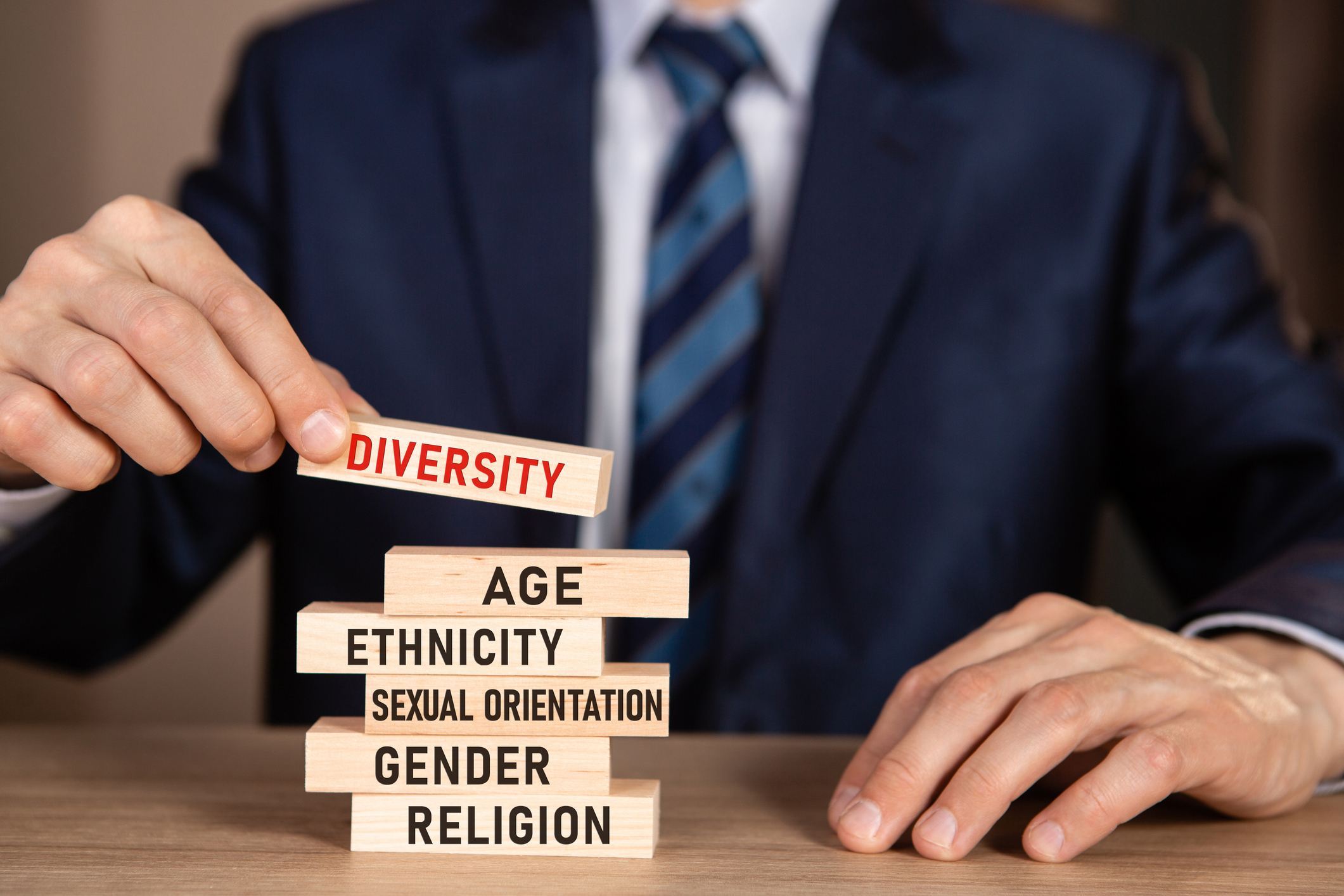The Hidden Cost of DEI Work—And What to Do about It

Learn about the known and hidden costs of organizational diversity, equity, and inclusion (DEI) work and recommendations for change.
Demand for diversity, equity, and inclusion (DEI) work has risen exponentially since the murder of George Floyd and the racial uprisings that followed. As nonprofit organizations envision what becoming an antiracist organization looks like, they often retain external DEI capacity-builders to support them along that journey.
Many people who work in race equity, including consultants and capacity builders, are BIPOC (Black, Indigenous, and People of Color). Furthermore, many are Black women and women of color. At CRE (Community Resource Exchange), where both of us work, the lead senior consultant of our DEI practice and other team members are predominantly Black women.
This is visionary and revolutionary work. It involves hope, faith, and a real belief that people, communities, and institutions can and are willing to change. However, beginning to undo a legacy of structural racism and culture of European/white norms comes at great cost, which is unequally borne by BIPOC people. Some of those costs are known and necessary—they are more of an investment and a stretching into new ways of being. Others are hidden, and because they are not recognized, they take a severe, disparate toll upon the people doing this work.
READ MORE HERE
-
By
-
Published
Aug 05, 2021
-
Subject Area
- Information, Referral, & Advocacy
- Organizational Development
-
Audience
- Service Providers (Non-profits, Community Organizations, Local government)
-
Category
Newsletter
Sign up for the Healthy Aging CORE Alberta e-news to keep up-to-date with activity from the platform and the Community-Based Seniors Services (CBSS) sector across the province.
